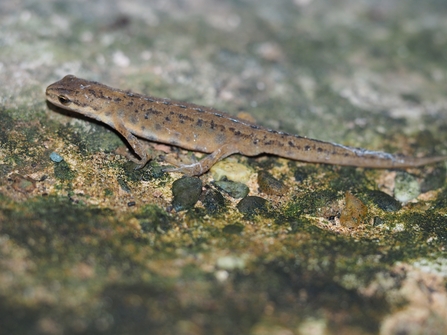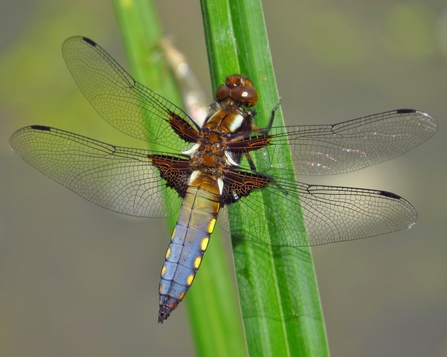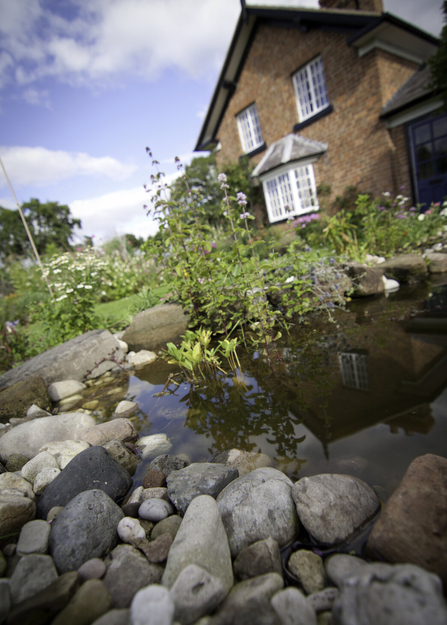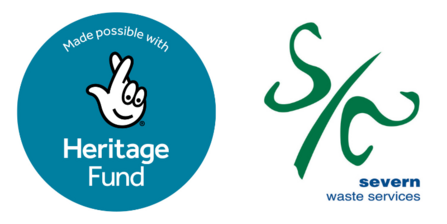It’s been a while since I have had the opportunity to write a blog and I’m back with some fantastic news! Some of you may remember my bloomin' marvellous community blog from November last year, where we celebrated the winners of the Neighbourhood in Bloom competition. This competition was for the local community and included several categories; I got the honour of judging the wildlife garden category. The good news is that it’s back again - Neighbourhood in Bloom 2024 has just launched and this time it’s for everyone in the Wyre Forest area.
There are three categories, best garden, best hanging pot display and best wildlife or sustainable garden and I’m back again to judge the wildlife garden category. I thought it might be helpful for those of you interested in entering to write a little guide on how to go about creating a wildlife garden and what kind of things I might be looking for in your garden that would help to make it stand out. If you don’t live in the Wyre Forest and are reading this blog then, of course, you can make these changes to your garden too.
It's all connected!
We often think of adding certain features to our garden for certain wildlife e.g. wildflower meadow for bees or native hedging for birds. However, the reality is that there are some key features of a garden that can support a multitude of different wildlife. By adding a log pile, wildflower meadow, wildlife pond and native hedging, you would be supporting the complete life cycle of several species all at once. It can be helpful to plan your garden by thinking about the needs and lifecycles of the wildlife you want to attract.





